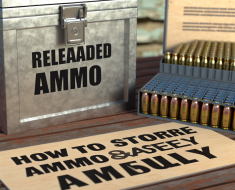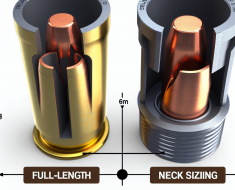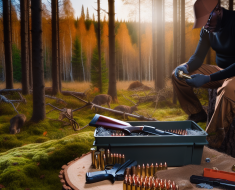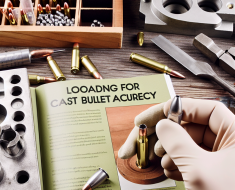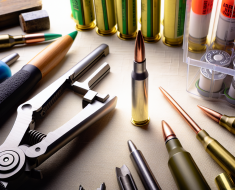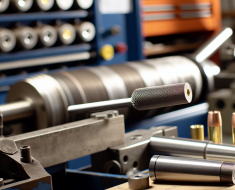Reloading and Chronographing: Measuring Your Ammo Velocity
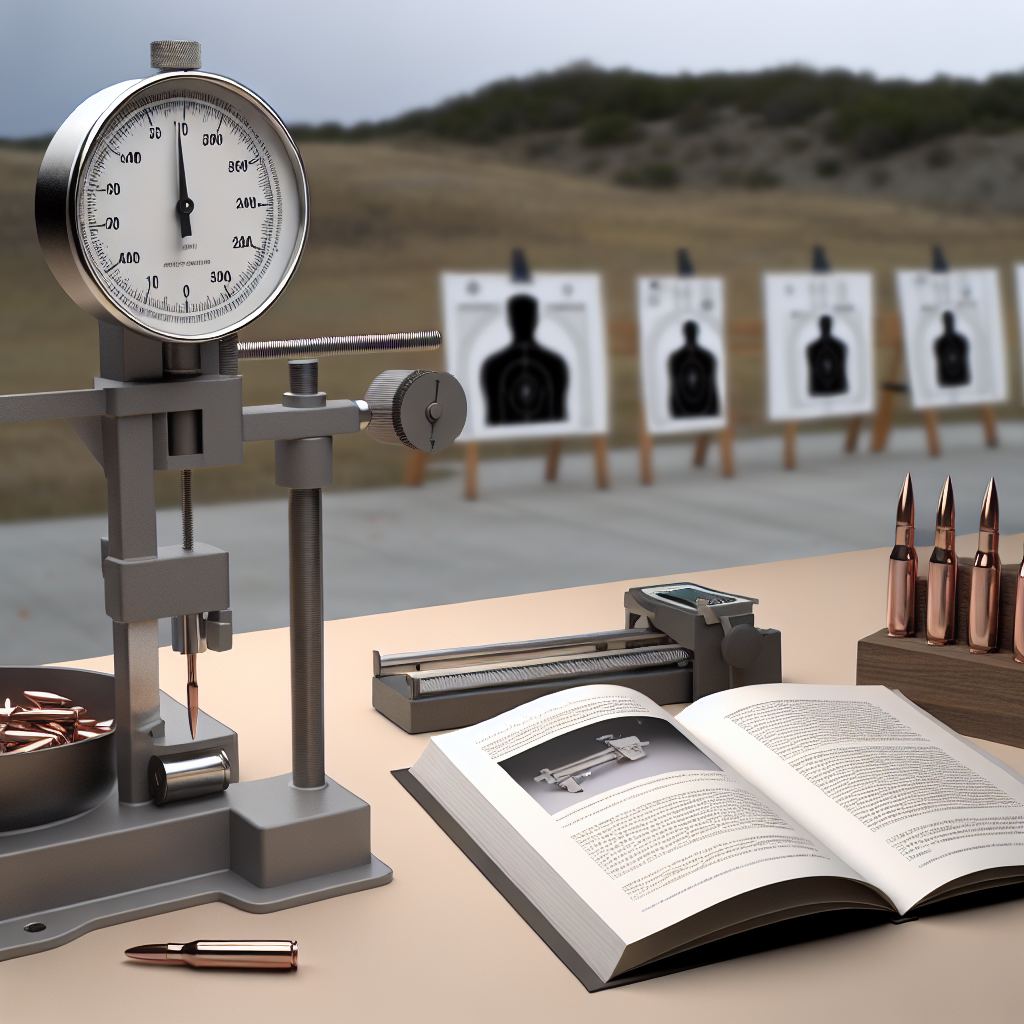
Reloading ammunition has become an essential practice for many shooting enthusiasts, hunters, and competitive marksmen. Not only does it allow for customization and cost savings, but it also provides the opportunity to optimize performance through careful measurement and adjustment of ammunition components. One critical aspect of this process is chronographing—measuring the velocity of your rounds to ensure consistency and accuracy.
This article delves into the importance of reloading, the role of chronographs in measuring ammo velocity, best practices for chronographing, and how this data can help you improve your shooting results. We’ll also explore real-world examples and case studies that highlight the practical benefits of precise velocity measurement.
The Fundamentals of Reloading Ammunition
Reloading is the process of assembling firearm cartridges by manually combining individual components—cases, primers, powder charges, and bullets—rather than purchasing factory-loaded ammo. While it might seem intimidating at first, reloading offers several advantages:
- Cost Efficiency: Reloading can significantly reduce the cost per round, especially for high-volume shooters.
- Customization: Tailoring loads to specific firearms or shooting purposes allows for enhanced accuracy and performance.
- Availability: During times of ammo shortages or restrictions, reloading ensures continued access to quality ammunition.
- Improved Accuracy: By selecting components and fine-tuning loads, shooters can achieve tighter groupings.
However, reloading requires a deep understanding of ballistics, components, and safety protocols. An essential part of this learning curve is measuring the velocity of your reloads using a chronograph to ensure they perform within safe and effective parameters.
What Is Chronographing? Understanding Ammo Velocity Measurement
A chronograph is a device designed to measure the speed (velocity) at which a bullet travels immediately after leaving the barrel. It typically uses sensors or optical systems to detect the bullet passing through two points and calculates the velocity based on elapsed time.
The primary reasons for measuring ammo velocity include:
- Consistency Verification: Ensuring each round produces similar velocities reduces vertical stringing in groups.
- Load Development: Identifying optimal powder charges that deliver desired velocities safely.
- Ballistic Performance Analysis: Calculating trajectory, energy, and recoil characteristics using velocity data.
- Safety Monitoring: Detecting overpressure signs by noting abnormally high velocities or erratic readings.
The most common types of chronographs used by reloaders are optical chronographs (using light sensors) and Doppler radar-based systems. Optical chronographs are more affordable and widely used among hobbyists; radar systems provide more detailed data but come at a higher cost.
How to Properly Use a Chronograph: Best Practices for Accurate Measurements
A well-conducted chronograph session ensures reliable data that you can use confidently in your load development process. Here are some crucial tips for getting accurate measurements:
- Select an Appropriate Location: Perform chronograph testing outdoors or in a well-lit area with minimal wind disturbance. Indoor setups require controlled lighting conditions to avoid sensor errors.
- Set Up Your Chronograph Correctly: Position the device about 10-15 feet from the muzzle. Ensure sensors are aligned properly according to manufacturer instructions.
- Avoid Obstructions: Make sure no objects block the bullet’s path between sensors. Even small branches or dust particles can cause reading errors.
- Shoot Consistent Groups: Fire multiple rounds (at least 5-10) per load to gather enough data points for statistical relevance.
- Avoid Muzzle Blast Interference: Use a blast shield if necessary to protect sensors from hot gases that may trigger false readings.
- Record Environmental Conditions: Note temperature, humidity, altitude, and barometric pressure as these factors affect bullet velocity and ballistics.
An example scenario: A competitive shooter testing new handloads for a .308 Winchester rifle might record velocities ranging from 2700 fps to 2730 fps over ten shots. If one shot registers at 2800 fps, it may indicate an inconsistent powder charge or seating depth issue that requires further investigation.
The Impact of Ammo Velocity on Ballistic Performance
The velocity at which a bullet travels directly influences its trajectory, energy transfer on target, recoil impulse, and terminal performance. Understanding these relationships helps reloaders optimize their loads for specific applications such as hunting or long-range precision shooting.
- Trajectory Flattening: Higher velocities reduce bullet drop over distance due to faster transit times. For instance, increasing muzzle velocity by just 100 fps can reduce drop by several inches at 500 yards with typical rifle calibers like .223 Remington or .308 Winchester.
- Kinetic Energy: Velocity squared impacts kinetic energy (KE = ½ mv²). A modest increase in speed significantly raises impact energy available for effective terminal ballistics on game animals or target penetration.
- Recoil Management: Higher velocities often require increased powder charges



